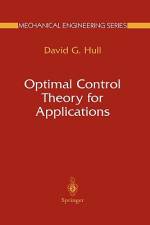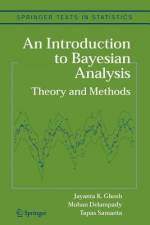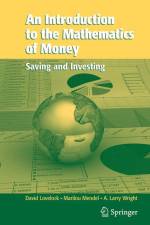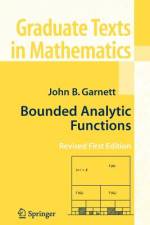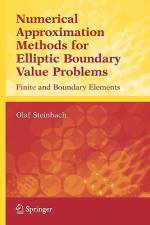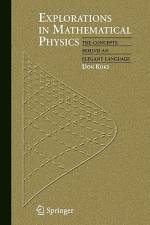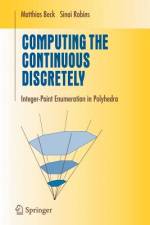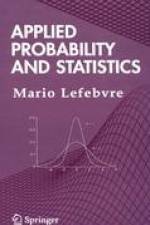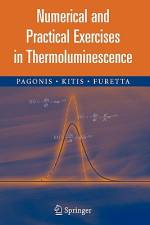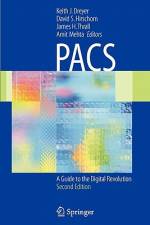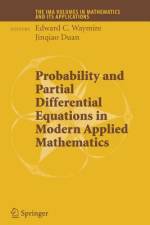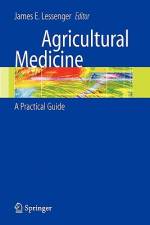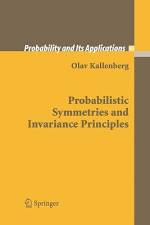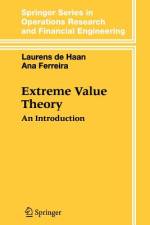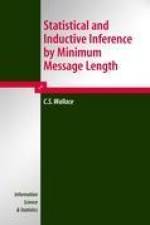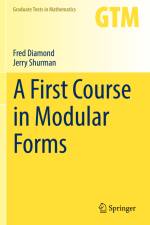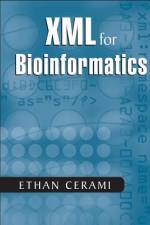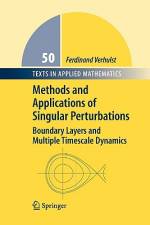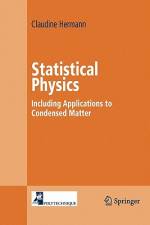- Integer-Point Enumeration in Polyhedra
von Sinai Robins & Matthias Beck
43,00 €
This textbook illuminates the field of discrete mathematics with examples, theory, and applications of the discrete volume of a polytope. The authors have weaved a unifying thread through basic yet deep ideas in discrete geometry, combinatorics, and number theory. Because there is no other book that puts together all of these ideas in one place, this text is truly a service to the mathematical community. We encounter here a friendly invitation to the field of "e;counting integer points in polytopes,"e; also known as Ehrhart theory, and its various connections to elementary finite Fourier analysis, generating functions, the Frobenius coin-exchange problem, solid angles, magic squares, Dedekind sums, computational geometry, and more. With 250 exercises and open problems, the reader feels like an active participant, and the authors' engaging style encourages such participation. The many compelling pictures that accompany the proofs and examples add to the inviting style. This new edition will contain at least one new chapter, new exercises, many new references, corrections, important updates to the open problems, and some new, professionally done illustrationsFor teachers, this text is ideally suited as a capstone course for undergraduate students or as a compelling text in discrete mathematical topics for beginning graduate students. For scientists, this text can be utilized as a quick tooling device, especially for those who want a self-contained, easy-to-read introduction to these topics.




